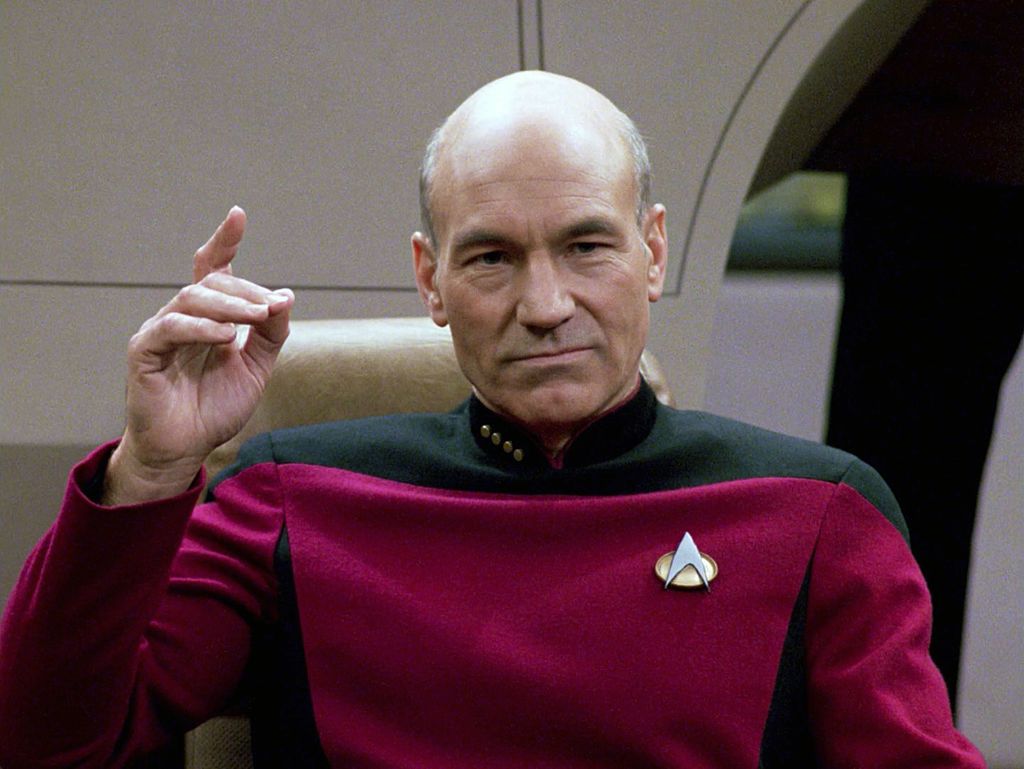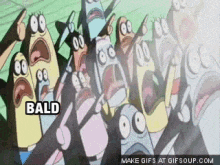
Posted on 05/11/2025 12:32:27 PM PDT by Red Badger
A surprising discovery in hair follicle biology has scientists rethinking everything we know about baldness. A single overlooked protein appears to control whether hair grows—or vanishes for good.
*****************************************************************
A newly published study in Nature Communications has identified a critical protein that helps sustain hair follicle stem cells, potentially opening the door to new treatment options for baldness. The research was led by an international team from Australia, Singapore, and China, and offers new insight into the biology of hair regeneration.
A Protein With Protective Power
Hair follicles go through repeated cycles of growth, rest, and shedding. At the heart of these cycles are hair follicle stem cells (HFSCs), which are responsible for producing new hair after the old ones fall out. In the new study, scientists discovered that these stem cells require a protein known as MCL-1 to function properly. When MCL-1 was deleted in mice, HFSCs quickly underwent stress and died. Without the stem cells, the process of hair regrowth halted completely.
In experiments where MCL-1 was removed from adult mice, researchers also shaved small patches of fur to test recovery. They found that in the absence of MCL-1, the shaved patches did not regrow any hair. In contrast, mice with normal MCL-1 expression experienced routine regeneration. This points to the protein’s essential role in maintaining healthy HFSC populations in adults.
Cell Survival and Stress Signals
The team further explored what happens at the cellular level when MCL-1 is missing. They discovered that while inactive HFSCs remained intact, once these cells were activated and began dividing, they were overwhelmed by cellular stress. This triggered the P53 protein, which is known for regulating cell death. In an additional experiment, researchers removed the P53 gene along with MCL-1 and observed a restoration of hair regrowth. This finding suggests that MCL-1 and P53 interact to maintain a balance between cell survival and death within hair follicles.
The research, published on March 29, 2025, emphasizes that MCL-1 is part of the BCL-2 family, a group of proteins that determine whether a cell will live or die. According to the scientists, understanding this regulatory mechanism is essential for developing future therapies aimed at preserving HFSCs.

Hair follicles are meant to die as part of their growth cycles, but if they don’t regenerate, baldness happens. Credit: Shutterstock
Signaling Pathways and Regeneration
Alongside the MCL-1 discovery, the study also highlights the importance of the ERBB signaling pathway. This pathway, which influences various cellular processes, was shown to support the survival of HFSCs by increasing the production of MCL-1. The researchers believe this link could provide another target for therapeutic intervention.
The experiments were led by Hui San Chin and colleagues and provide strong evidence that manipulating ERBB signaling might be a viable method to enhance MCL-1 activity. Since MCL-1 cannot be delivered directly to cells in topical form, alternative strategies like boosting ERBB function are being considered. As noted in the article, MCL-1 is “a protein that acts inside the cell that makes it,” and therefore cannot easily pass through the membrane or survive digestion.
Future Directions in Alopecia Research
Alopecia affects roughly 2% of the global population at some point in their lives. While various causes exist—from autoimmune disorders to hormonal imbalances—the inability of follicles to regenerate plays a significant role in long-term hair loss. This new study proposes that safeguarding MCL-1 may be essential to maintaining regenerative capability in HFSCs.
The scientists suggest that more work is needed to explore how MCL-1 operates in humans, but the findings lay the groundwork for future research. Understanding how MCL-1 interacts with stress pathways and external signaling molecules such as ERBB may be critical in developing treatments that can prevent or reverse baldness.
“Bald is beautiful!” ... said no one with hair ever.............
Telly Savalas made a career from being bald.

And the side effects will kill you!
Good new is a drug can stop baldness and regrow hair. Bad news is it regrows all over your body like a gorilla.
If baldness was considered very attractive, almost all men would shave their heads. And ALL women would.
Wont bother people who are already like that. :)
IOW, you can’t rub it in..............

What Actually Stops Hair from Growing—And How to Restart It
seminiferous, tubular buttnoids: nano-sized blue lice-like creatures that live just below the scalp.
They come with axes, they come with fire, hacking, slashing burning—follicle destroyers, usurpers, Curse them.
“Mayonnaise kills them.” No-neck Ed
Now if they can just come up with a drug that makes all men over 6 foot tall, then women will be happy.
Wellllll, maybe not.
If you have a bald spot or thinning hair, you’re a baldy; if your head is totally shaved, you’re a tough guy.
Hilarious!
I’ll just opt for baldness. Look what it’s done for AR15KELLY.
The part in my hair looks like Moses was my barber..............
Eye lashes and eyebrows too!?!?!?!
Sweet. Now I can look even more like a bald muppet!
Disclaimer: Opinions posted on Free Republic are those of the individual posters and do not necessarily represent the opinion of Free Republic or its management. All materials posted herein are protected by copyright law and the exemption for fair use of copyrighted works.